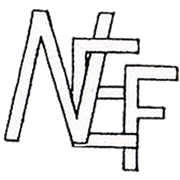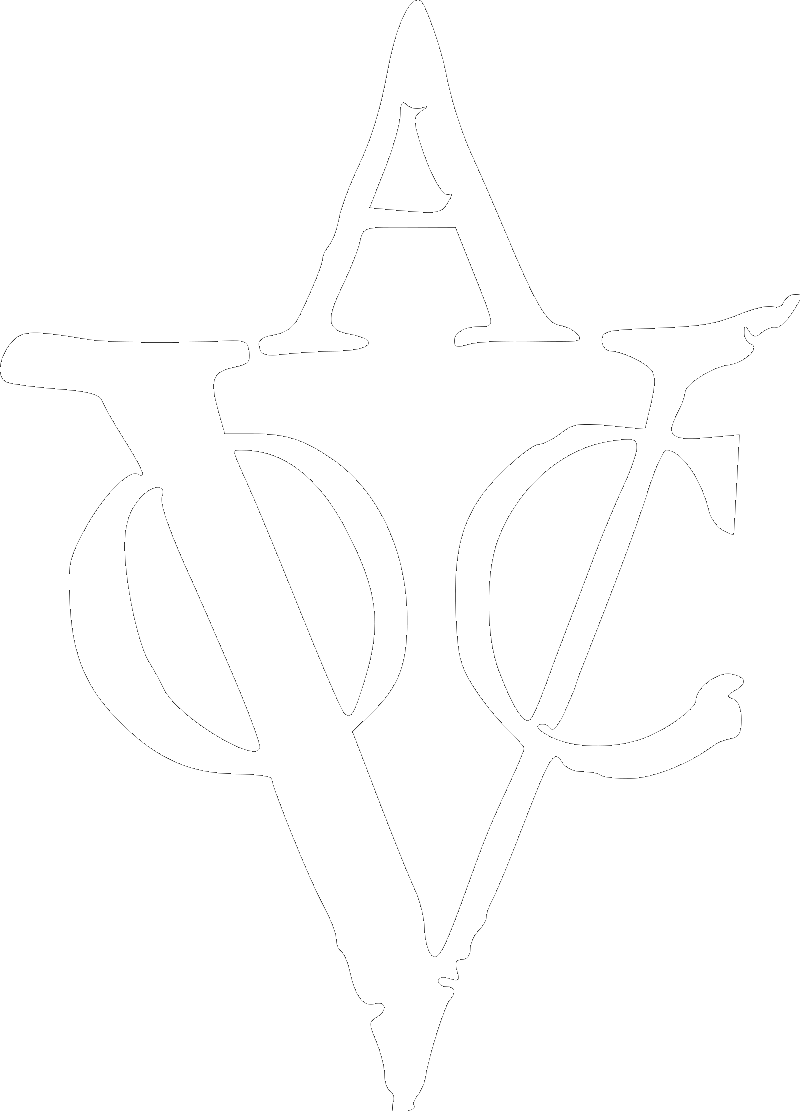The Yellow Tulip
From ‘The Artist’s View,’ a column written by Petrus Spronk for his local newspaper.
From ‘The Artist’s View,’ a column written by Petrus Spronk for his local newspaper.
When I was a young boy I lived in Haarlem, Holland. Across the road from our house was a canal. For a long time this canal represented the edge of my life. The edge of life and death, there was danger. The edge of adventure, there was the promise of travel. The edge of my dreaming, there were secrets. The canal, the strong slow green creative snake of childhood, contained everything allowed and forbidden. Things seen and unseen. It held many fantasies and many hidden stories. Deep and dark fairytales.
Pictures from a Dutch Exhibition
Before a time of environmental awareness, I remember the canal’s colour and smell. A deep and dirty, yet beautiful and brilliant, emerald green. About a foot below the surface of this murky verdant liquid, a mirror seemed to shimmer. Thus, at times a brilliant sliver of sky would appear, or a bird, like sky fish, would fly through this dense green space. The canal was contained between walls of red baked brick of which most of Holland is constructed, including many of its streets and footpaths, in wonderful patterns. The top of these walls were made of capping stones worn smooth by time and the interaction of many people. People sitting quietly holding a fishing rod, rejected lovers tearing up letters and letting them float away. People contemplating life, People contemplating death. People staring into the water as if the answers to life’s secrets were held there. Which in a way they were, since the water of ‘below the surface’, held the secrets of the town, the hidden part of their knowledge, their collective unconscious. Such imagery.
As a young boy the canal contained my travel dreams, an alternative travel possibility. A web of waterways connecting all of Holland. An alternative highway system and, at the same time, an alternative disposal unit. Many things would float by. A mattress, a piece of a chair, a dead rat, dog or cat. Cardboard box, tied up. Many things, both real and imagined. Many things, floating in an endless procession. A procession for the imagination also, stirred by things half seen. A procession going by ever so slowly. The water a silent still forest green. Such imagery.
There were many boats. Working boats, like floating trucks, filled with many wares going to and from the market. The best loads where during the month of April. Boat after boat of riotous colour. The flowers from the famed Dutch bulb trade. Flat boats heaped with tulip flowers slowly floating by, almost mournful, like a funeral cortège. Their deadly sweet fragrance filling the streets nearby. Such memories.
There was a bridge, huge, as seen through a child’s eye. Then, re-visiting it as an adult, it seemed so small. A wooden bridge. On each side, in the water, two strong steel bollards. Boatmen would tie their boats onto these while visiting or getting something from a shop nearby. Chance for us kids, as a dare, to quickly get on and off their boats. The bridge had a steel handrail, (the same handrail I had licked once, as another dare during a particularly cold winter, to find my tongue instantly frozen to it). On the edge of this rail was a long wooden pole with, at the end, a generous hook manufactured from smooth steel. This pole rested in a set of hooks off the bridge’s handrail. The hooked pole was there to assist people out of the water. It was often used. People did fall into the water, or would be pushed in jest or in seriousness. During the war, foreign soldiers, mainly unable to swim, disappeared into the canal on many occasions, the hooked pole then assisting their demise.
Imagine some small boys on this bridge, a flat boat filled with the most brilliant colour disappears underneath, they would run across the bridge and then watch it appear from the other side. More often then not they would spit and try to get the boatman. An unfair advantage.
The boats were moved along in an simple manner. On the side of the boat was a walk all the way from the front to the back. The boatman had a long wooden pole which he would drag to the front of the boat. He would plunge it into the deep dark mud of the water, take the end of it into the corner of his chest/shoulder and push it while walking along his boat. He would remain in the one spot while the boat moved at a slow pace under him. Done, he would pull the pole from the water and repeat this movement. Over and over, pushing his load in a slow meditation. The sound of wooden clogs on steel. His progression in the dark green of the canal marked with ever widening circles of bubbling blackness. Follow the dotted line.
Mud. Once every few years a dredge, would appear and slowly work its way along the liquid road. Cleaning it out, deepening it, depositing its dark boiling stinking mess into deep steel boats. Middle age smells pervading the streets. What secrets were dragged up. Sometimes unpleasant things. Never anything you’d want to know about. Such imagery.
As a result of so much water everywhere, people in Holland learn to swim at an early age. About four is when I was taught. The progress of ability was measured by a series of diplomas. From simply being able to swim and keep your head above water, to learning to swim with your clothes on, (a whole different kettle of fish), to being placed into something which looked like the cabin of a car and tipped into the deep end of the pool. The learning in this was how to get out of a car which had gotten into a canal (not panic, wait till the cabin had almost filled with water then open the door slowly and exit).
During the winter the canal became something else altogether. The green disappeared to be replaced by a smooth silvery opaque surface. We waited patiently for the police to test the ice for strength and give their o.k. for the winter delights of skating, sliding and sledging to commence. I remember scenes reminiscent of a Pieter Brueghel painting. School would be out at four, winter-dark at half past. The ice lit by, and reflecting, the street lanterns along the canal. Here and there a small tent dispensing hot chocolate. The skaters filled the canal with movement, the chaotic patterns of people at play. Both learners and those of swift ability. The learners with each other, stumbling along, or at times on their own with a bentwood chair for a partner. All this activity in the dreamlike atmosphere of the half dark. Such imagery.
Email correspondence: A few weeks ago a young woman stood on a wooden bridge in the city of Haarlem, Holland. This bridge, built over one of the city’s numerous canals, held many memories. Not for the young woman, but for her mother, my sister, back here in Australia. Across the road from this canal and bridge was the house where we were born. The young woman, travelling, was there to pay homage to the spirit of her mother’s childhood. She stood still in the intense winter cold then slowly unwrapped a bunch of blazing yellow tulips and dropped them into the slow, very slow moving deep emerald green of the water. With this act the young woman became the poet she had always been. Such imagery.
28 May 2003





















